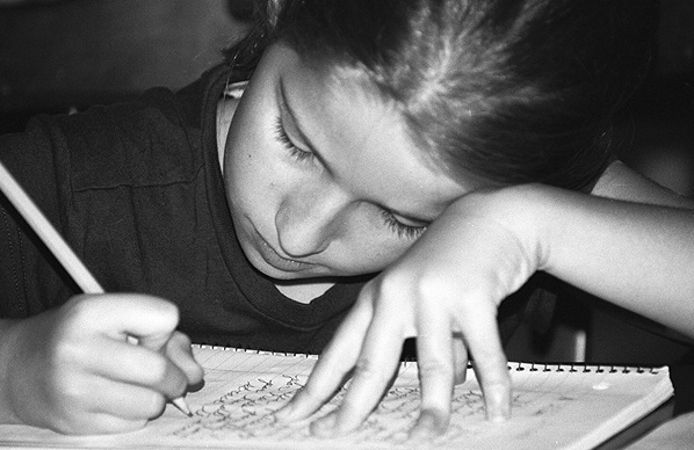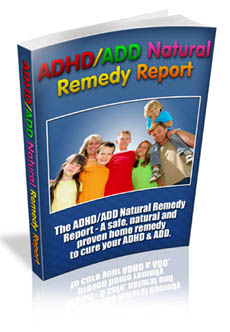Learning With ADD
In addition to the chemicals in foods, a third aspect of the physical environment pertains to things that the child may be inhaling. What is in the atmosphere or in the air can also affect your child's behavior. These airborne substances get into the lungs and then into the bloodstream and are metabolized. Cleaning products, for example, and soaps, toothpaste, pesticides, paint, rug cleaners, or new products, such as rugs and mattresses, all have chemicals that can get into the atmosphere in your home or the school environment and affect a child's behavior.
Clothing or bedding or upholstery with fire retardants can also affect a child. For example, a new carpet will have all kinds of chemicals at the level where a child might play, even though you may not notice it as much while standing in the room. If you just cleaned a carpet or just had your wood floors redone, you'll smell those chemicals. Learning With ADD
Many adults get headaches and a lot of children get more active if rooms of the house have just been painted. It can take a couple of months to fully air out the rooms. Oil-based paints take the longest, whereas latex-based paints take a shorter amount of time. There are special paints now that are nontoxic and air out in a day or two.
What you use to wash the children's clothes is mother factor to watch. There are web sites listed that look at chemicals that can affect children's physical environments and how they can affect health. It is not only attention and hyperactivity that can be a problem, but also proneness to illness, including infectious disease and cancer. Parents would do well to look at these Web sites to learn what to watch for in the physical environment.
Perhaps the school has recently completed some construction, and the materials may be giving off a lot of toxic substances. Pesticides in and out of the home are a concern because children will play on the floor or in the grass. There is no question that products like pesticides have toxic substances in them because their purpose is to kill bugs and pests. There are alternatives to these pesticides. Remember, children are going to be playing closer to where these substances have been applied, and they have a smaller body with which to absorb toxins. These toxins tend to get into the fat tissue and stay there for some time.
As we pointed out, there is controversy around all these kinds of chemicals and substances because they don't cause problems for all children. Some children will handle them better than others. Some will experience a reaction when the house is painted or new carpeting is installed, bur others may not have any reaction. The reactions can range from lethargy, depressed moods, and inattention to hyperactivity and impulsiveness.
Light and Sound Noise and lighting levels, and different types of lights, can also have a strong effect on children.
A child who has been very sweet, attentive, focused, and regulated goes to preschool where he is in a large, noisy class with a lot of activity and a lot of visual and auditory stimulation. All of a sudden he becomes overly active and very, very distractible. Mom and Dad get reports about their child different from those they have ever heard before. This change in behavior may be a reaction to the new physical environment - the noise level, the lighting level, the way children bump into each other.
It is important to look at the actual physical environment where your child spends time. The child's classroom might be near the boiler room from which the child, who may be very sensitive to low-pitched noises, hears a low rumbling noise coming from the furnace. Or the child may be near an environment that has high-frequency or high-pitched noises, or the teacher may have a high-pitched tone of voice. These are all things that need to be looked at when being a good detective. Learning With ADD
The key point is to look at the child's physical environment systematically. Stay up-to-date on new research and findings, but regard your child as an individual, as unique, and don't rely too heavily on statistics. If the child's pediatrician makes specific recommendations, ask him or her, "Has the research behind that recommendation looked at subgroups of children, or has it just looked at children in general?"
As you investigate the child's physical environment, while creating an optimal learning and family environment, take time to see how he does. Give him a fair period to adjust. You may be surprised to see that over time you have a more regulated, attentive, and focused child. The effects of many of these aspects of a child's environment on his behavior are controversial, and you should take the attitude that what matters to you is the effect on your individual child. Watch for new research, but seek the measures that help your child. Be a good detective, considering all possibilities. To learn more, you have to check out Learning With ADD.


